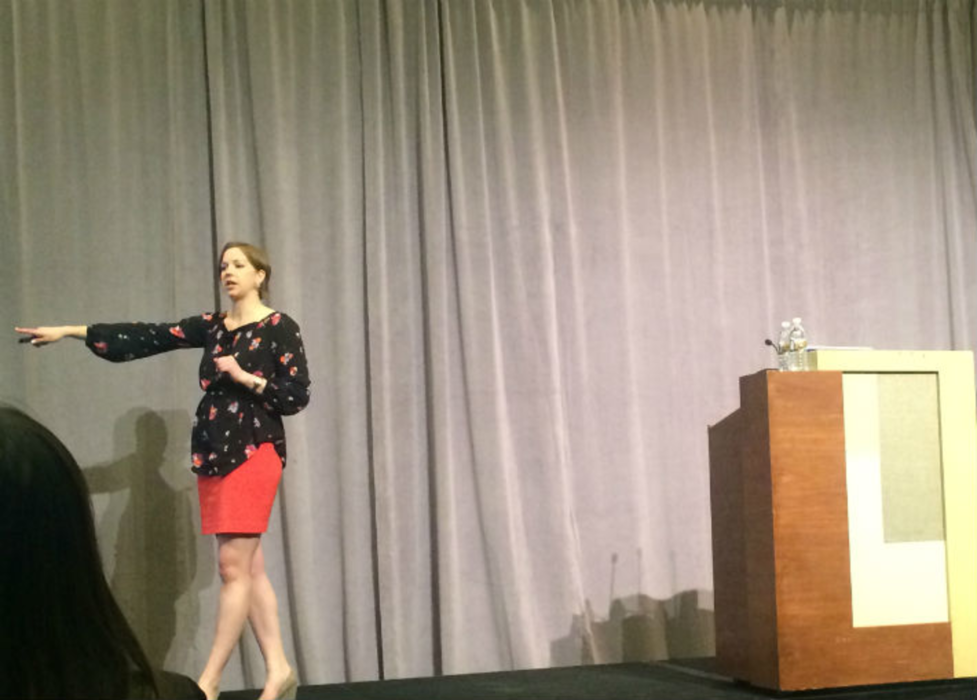There are a number of ways companies can measure the value of their internal and external communities. Member count, engagement, and user-generated content production are just some of these KPIs. But when it comes to determining the value of the person running the show, a.k.a. the community manager, the ROI isn’t always as clear.
“This is really the power of that human component,” said Kirsten Laaspere, enterprise community manager for content delivery network Akamai, during a session at the JiveWorld17 conference in Las Vegas.
To help other community managers prove their worth, Laaspere outlined the steps they should take on an annual, quarterly, monthly, weekly, and ongoing basis. Here’s a summary of her breakdown:
Annual Tasks
- Identify stakeholders within the company and align with their goals.
Before community managers set out to prove their worth, Laaspere says they need to identify the key decision makers within their organization who determine their resource allocation and personal performance metrics. As she put it, “[Find] which parent is going to say yes more often.”
When it comes to approaching these decision makers about their community management goals, Laaspere advises community managers to ask themselves the following three questions: What can they control within the community? What can they influence within the community? And what do they hope to influence within the community? After they’ve come up with their answers, the community managers need to figure out how they can align their objectives with the decision makers’ goals. They also need to come up with strategies and tactics for how they’re going to meet these unified goals, she says.
Quarterly Tasks
- Create a roadmap and update it regularly.
After the unified goals have been identified, Laaspere says community managers need to work with executives to set expectations and create roadmaps for how and when these expectations will be met. However, Laaspere encourages community managers to put a disclaimer at the bottom of their roadmap saying that these expectations and timelines could change as obstacles and new product developments arise.
“Roadmaps should change,” she said.
Laaspere actually encourages community managers to create two roadmaps: one that outlines expectations and timelines given the company’s current resources and one that outlines how those expectations and timelines could change if the community manager had additional resources or help.
In addition to creating these roadmaps, Laaspere says community managers need to work with their executives to establish success metrics. One way they can do this is by creating a scorecard. Laaspere says that these scorecard metrics should answer one of three questions:
– What is actionable?
– What can we learn?
– What did we change?
She also encourages community managers to focus on metrics that show how they could or did save time or money. A few of her examples include:
– Process improvement (time saved)
– Call or chat deflection (money saved by saving time)
– Communications reach (effective time spent)
– Consultation versus DIY (time saved with community management intervention)
Monthly Tasks
- Gather community success stories.
If community managers want to prove their worth, then they need to get others to advocate upon their behalf. Laaspere advises community managers to identify success stories within their communities and pinpoint how they’ve contributed to those wins.
Weekly Tasks
- Play “audience bingo.”
Laaspere encourages community managers to identify whom exactly they’re reaching within the community. For instance, are they just engaging senior executives or are also reaching individual contributors? Then, they need to find the gaps and see how they can fill them.
Daily/Ongoing Tasks
- Gather community feedback and brag about your achievements.
To better gauge how people feel about the community, Laaspere advises community managers to keep tabs on what members are saying about it. How are they using it? Are their posts generally positive or negative?
She also encourages them to tout their own accomplishments. “Bragging is OK and encouraged,” she says.
Finally, she recommends being prepared to have the tough conversations with executives, such as by having the data ready to prove that they’re generating ROI when asking for more resources. As she put it, “You want to be able to clearly define…what the company can gain if there are more of you.”
Jive covered DMN’s expenses to attend Jiveworld.








